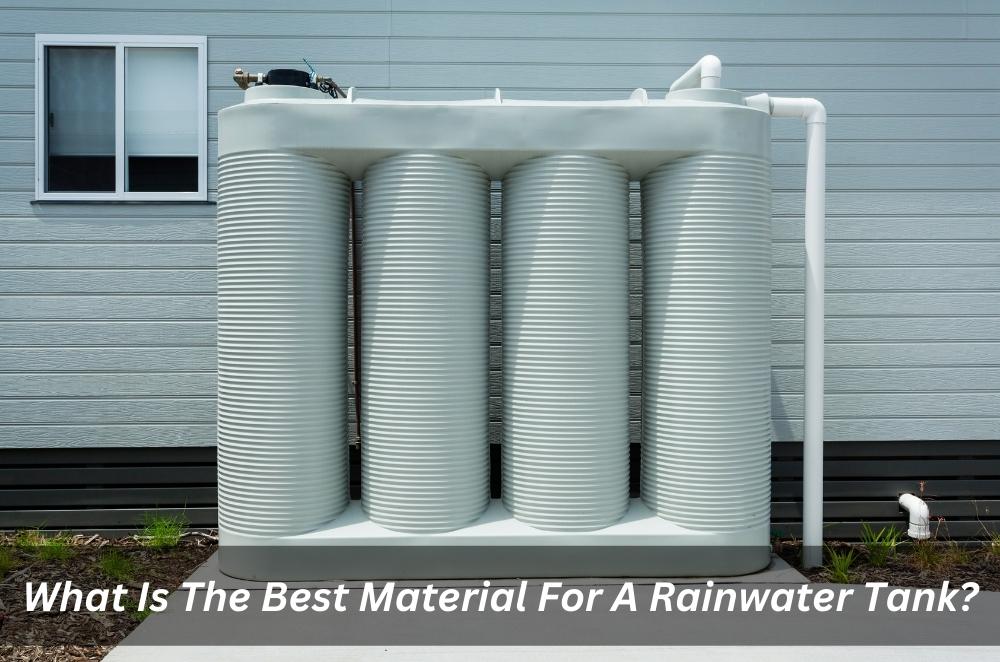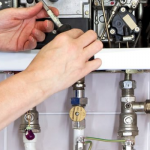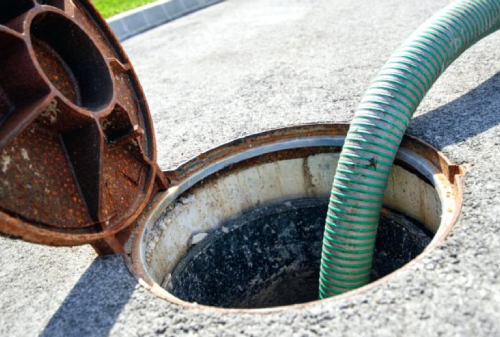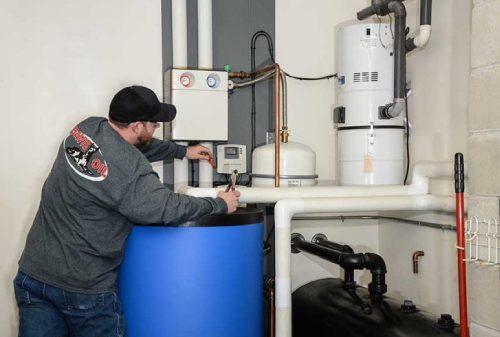Having a rainwater tank installed at your home or office is becoming increasingly popular as people seek ways to save money and conserve water. But there are a lot of factors to consider when it comes to selecting the best material for your tank. The options can seem overwhelming, from galvanised steel and stainless steel tanks to concrete and poly tanks. In this article, we’ll discuss the pros and cons of each material, as well as some tips for finding experienced rainwater tank installers in your local area.
Pros and cons of different materials:
Galvanised steel tanks
Pros: Galvanised steel tanks are incredibly durable and long-lasting making them an excellent option for those looking to make an investment in their rainwater storage system. They’re also lightweight, so they can easily be transported and require minimal installation effort. Galvanised steel tanks are also less expensive than other material options, so you can save money on installation tank costs.
Cons: However, galvanised steel tanks are subject to rusting over time and may require a retaining wall to be built around them. In addition, they can be difficult to clean and may need regular maintenance.
Stainless steel tanks
Pros: Stainless steel tanks are incredibly tough and durable, making them a great long-term investment. They’re also rust-resistant and can easily withstand extreme weather conditions, so they’ll last for years to come. Plus, stainless steel water tanks are highly attractive, so you can show off your rainwater storage water system with pride.
Cons: However, stainless steel tanks can be quite expensive and require a professional to install them. In addition, they’re heavier than other tank materials such as poly or concrete, so it’s important to make sure the water tank installation site is suitable for the tank weight. And you may need to get approval from your local council before installing a rainwater tank.
Concrete water tanks
Pros: Concrete water tanks are extremely robust and strong, making them a reliable water storage system. They’re also very heavy, so they can easily be installed in the ground or on a retaining wall to provide extra stability and support. Plus, concrete tanks can be designed to match your home’s aesthetic and can blend into your landscape with ease.
Cons: Unfortunately, concrete water tanks can be expensive and require professional installation services. They’re also quite heavy and may need a retaining wall to provide additional support. Additionally, there is the potential for cracks to form over time which can lead to leakage and damage.
Poly tanks
Pros: Poly tanks are lightweight and cost-effective, so they’re a great option for those on a budget. They’re also incredibly easy to transport and install, making them the perfect choice for those looking for an efficient setup. Furthermore, poly water tanks are extremely versatile and can be easily tailored to fit any space or design needs.
Cons: Poly tanks are not as durable as other materials, and they may need to be replaced more frequently. Additionally, poly tanks can expand in warmer temperatures, which can lead to damage or even leakage if not addressed. And because poly is a porous material, it’s important to keep an eye out for algae growth and take steps to prevent it from developing inside the tank.
Factors to consider when choosing a material for your rainwater tank
When choosing a material for your rainwater tank, there are several factors to consider. First and foremost, you’ll want to think about the size and capacity of the tank that you need. Depending on how much water you plan to store, you may need a larger tank made of more durable materials.
Additionally, you’ll want to think about where the tank will be installed and what the climate conditions are like in that area. Certain materials may be better suited for different climates or installation sites, so it’s important to factor this into your decision-making process. Finally, you’ll need to consider your budget and the cost of installation when choosing the best material for you.
Ultimately, there is no one “best” material for a rainwater tank. Depending on your needs, budget, and installation site, different materials may be better suited for certain situations. To find the best material for you, it’s important to consider all of these factors and make an informed decision that works best for your home or business.
Overall, the benefits of using rainwater tanks in your home or business should be taken into consideration. With the right material and installation techniques, you can ensure that your rainwater tank can store up to thousands of litres of water at any given time. By considering the different materials available and taking into account your budget and installation site, you can ensure that you’re getting the best rainwater tank for your needs. Always remember that installations are carried out by experienced rainwater tank installers, so it’s important to ensure that you get the best service and materials for your hard-earned money.












